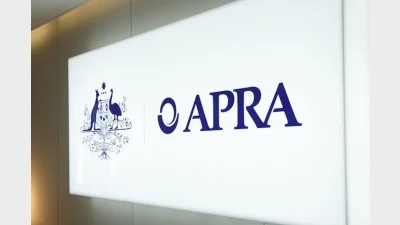Researcher projects surge in internally managed super fund FUM



A projected surge in internally managed super fund FUM will “transform” Australia’s investment management landscape, according to new research.
Seventeen per cent of funds under management (FUM) across APRA-regulated superannuation funds were internally managed in 2023, recent analysis from Rainmaker Information has shown.
According to the research house, this figure could grow to 43 per cent over the next two decades.
Larger super funds also displayed a higher inclination towards internal investment management, with current key players including UniSuper, AustralianSuper, Aware Super, Australian Retirement Trust, and Cbus.
This is a significant finding as increasing market concentration among super funds is set to expose more of the market to the investment strategy.
Namely, Rainmaker analysis showed that the biggest five super funds collectively represented half of the market in 2023. Moreover, the 10 largest funds accounted for 75 per cent and the top 20 accounted for 95 per cent.
“This is significant because super funds managing over $100 billion currently manage 31 per cent of their FUM internally, surpassing the internal management proportion for funds in the $50–100 billion range by one-and-a-half times,” the firm said.
Meanwhile, not-for-profit (NFP) super funds – which are poised to grow their market share from 72 per cent to an anticipated 85 per cent by 2043 – managed almost a quarter (23 per cent) of their FUM internally.
However, this only remained a prevalent practice among private sector NFP super funds, while public sector NFP super funds exhibited minimal engagement in this strategy.
“Rainmaker Information projects only 15 per cent of institutional superannuation FUM will be held within retail super funds by 2043, which will drive one-third of all FUM into internal investment management,” commented Alex Dunnin, the firm’s executive director of research and compliance.
According to Dunnin, this shift will “transform” Australia’s investment management landscape.
“With super funds internally managing larger portions of their multitrillion-dollar investment portfolios, more FUM will become ‘uncontestable’ for investment managers. While this will challenge the business models of many investment managers, it will create opportunities for others,” he concluded.
Recommended for you
The winners have been announced for the 2025 Super Fund of the Year Awards, held in Melbourne on 26 November.
Australian Ethical Superannuation has seen additional licence conditions imposed on it by APRA over the fund’s expenditure management.
The fund has strengthened its leadership team with three appointments to drive its next phase of growth and innovation.
ASIC and APRA have warned many trustees have failed to meaningfully improve retirement strategies despite the retirement income covenant being in place for three years.









